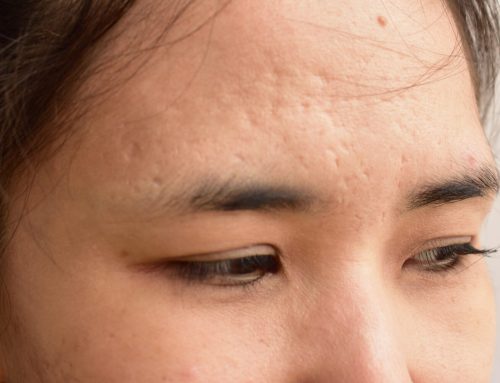Melasma, also known as cloth or chloasma, is an acquired pigmentation, characterised by brownish, grey or even bluish patches, which do not cause symptoms, most frequently located in sun-exposed areas such as the face, preferably the cheeks, forehead, upper lip, nose and chin; neck, shoulders, neckline and, more rarely, the forearms.
Melasma is a dermatosis that, by affecting the face, has negative effects on the quality of life of those who suffer from it, so it should not be considered just a cosmetic problem.
The cause is unknown, although there are multiple factors that uncontrollably activate the cells responsible for skin pigmentation (melanocytes) and produce this skin problem:
- Genetic factors: having a family member affected by melasma increases the likelihood of suffering from it.
- Hormonal factors: contraceptives (oestrogen levels), sometimes improved by stopping their intake.
- Pregnancy (progesterone levels) with a prevalence of up to 50%.
- Intense exposure to ultraviolet light and sunlight: these activate the formation of melanin in the skin.
- Exposure to sunlight makes melasma more likely to develop and remain.
- Cosmetics: causing some irritative or allergic process and can produce or worsen the blemish.
- Phototoxic drugs, which react with the sun.
- Stress: produces an overproduction of melanophores, although stressful situations have not been related to the appearance of melasma; stress can worsen existing melasma and make it resistant to treatment.
Of these, the most important factor contributing to the appearance of this dermatosis is exposure to ultraviolet rays.
The ideal is to control melasma, as, in many cases, various factors coincide, making the process persistent and resistant to treatment, and the problem tends to recur.



